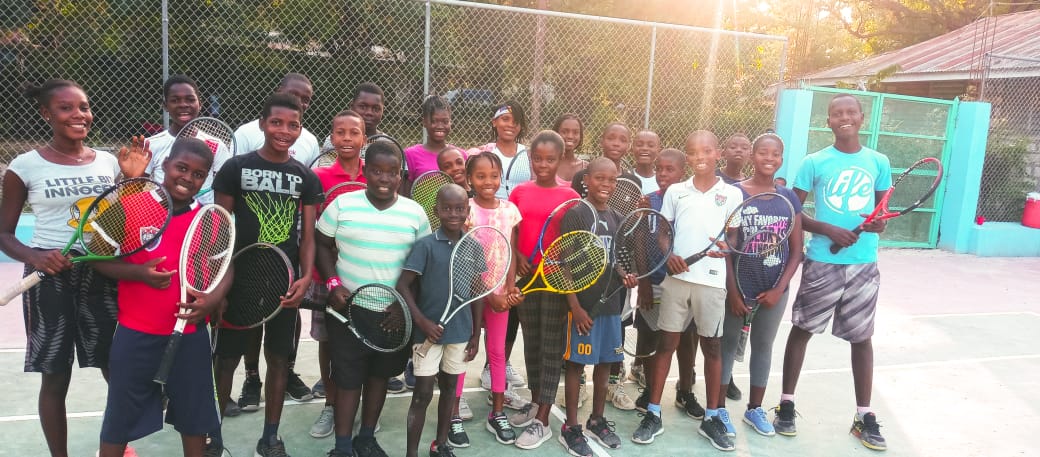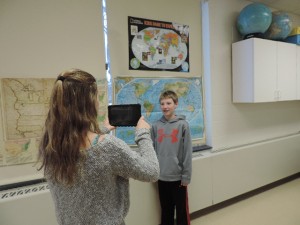
Sixth graders in Essex Elementary School initiated a cross cultural exchange between their classes and sixth graders in schools in Deschapelles using tablets with video capabilities which were funded by the Essex Elementary School Foundation.
The original concept was to have individual students in Essex create relationships with individual students in Deschapelles. That worked fine in Essex where the classes are quiet! We brought the tablets to
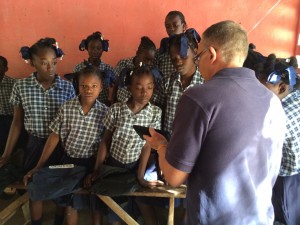
Deschapelles in January 2014to share the messages with the schools there. It was quickly evident that, although the students were so excited to see the videos and get their messages from EES students, it was very difficult to actually hear the messages and to video individual students because the classrooms, as these photos show, are all right next to each other with many openings for ventilation. Much of the work is oral repetition, which increases the ambient noise. Roosters and barking dogs add to the cacaphonic symphony.
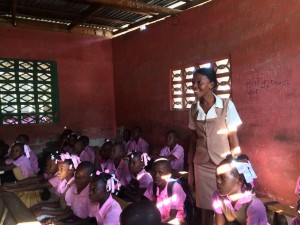
Dan Taylor Stypa, Board member, and Hope Proctor, our volunteer architect and parent of a child participating in this exchange, visited the Deschapelles schools, along with two of our Haitian team, to visit the schools. They soon realized that the system that works in Essex does not necessarily work in Haiti. They adapted their videos somewhat to reflect more of the traditional learning processes – replying to a question all together orally – such as “Where do you live? What is the name of your school?” Trans
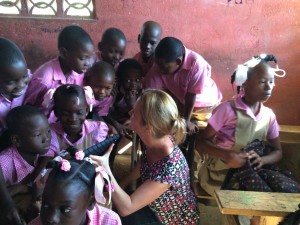
lating so many of the videos from English to Kreyol and back again was challenging and incredibly time consuming. Although we did not have time to translate all the Kreyol and French messages, the students learned a great deal about schools and children in Haiti by looking at the videos: Deschapelles students wear uniforms; their clothing is always crisply ironed; the girls’ hair is always well groomed and usually embellished with ribbons to match their uniforms; their lessons are written on the blackboard; the desks are rudimentary; the buildings and classrooms are rustic; the children are alert and very interested in viewing and creating videos; and smiles are always abundant.
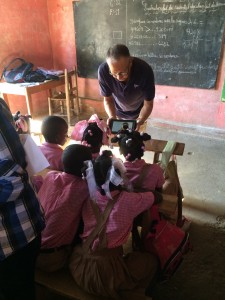
After seeing the videos from Haiti, the children in Essex realized that there were other ways to share information about themselves and their schools. They decided to show different aspects of their school by videoing recess, physical education, music, art etc. The students looked up the French or Kreyol words for what they were taping, wrote them in large print on cards, videoed them, and let the video speak for itself. We now are able to exchange the videos back and forth through the internet making it possible to keep the conversations going without having to wait for a traveler carry the tablets back and forth. The exchange will continue when schools resume in the fall of 2014. I suspect the children in Essex and Haiti will continue to create new ways to exchange information about themselves and their cultures.


